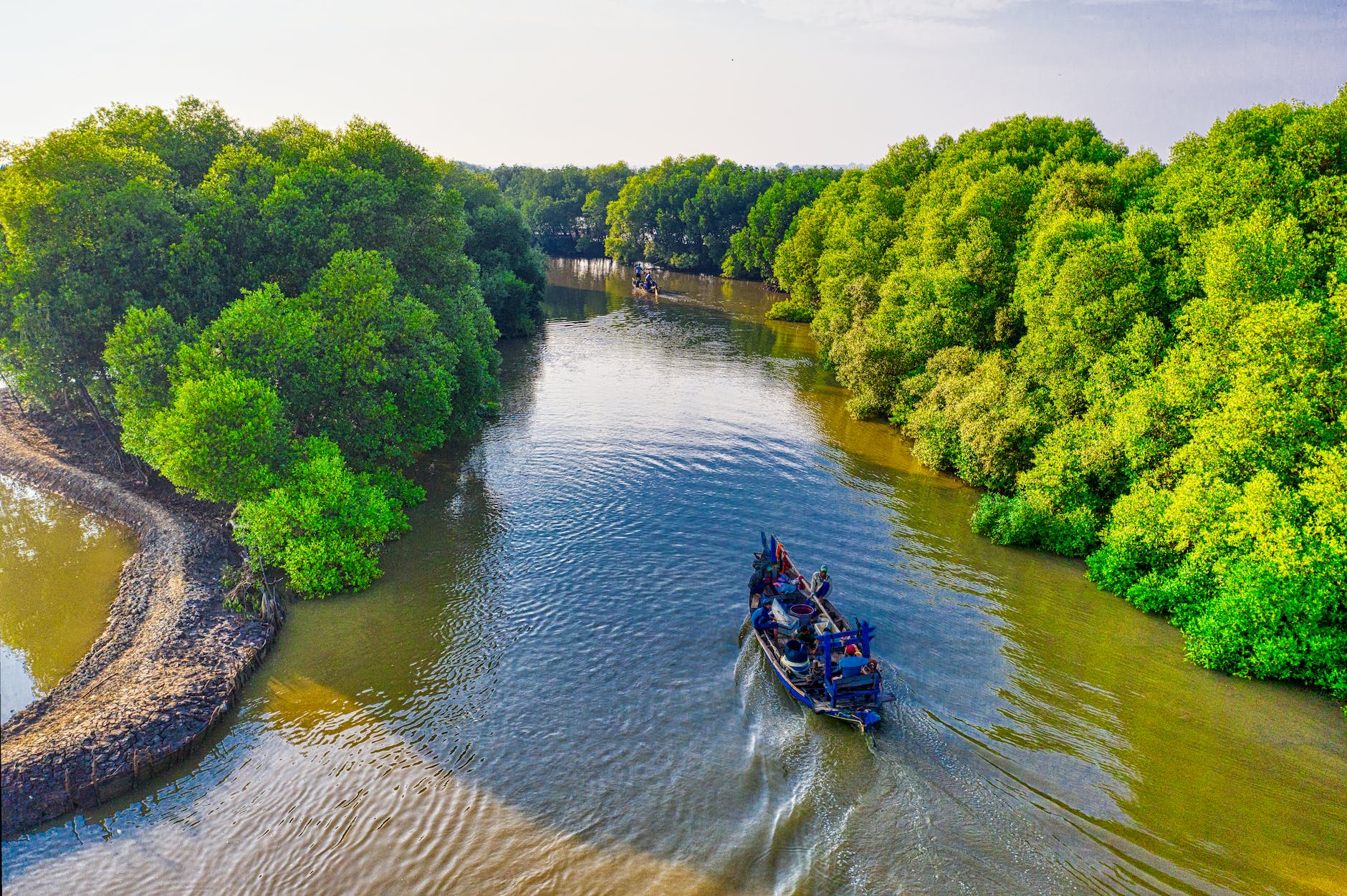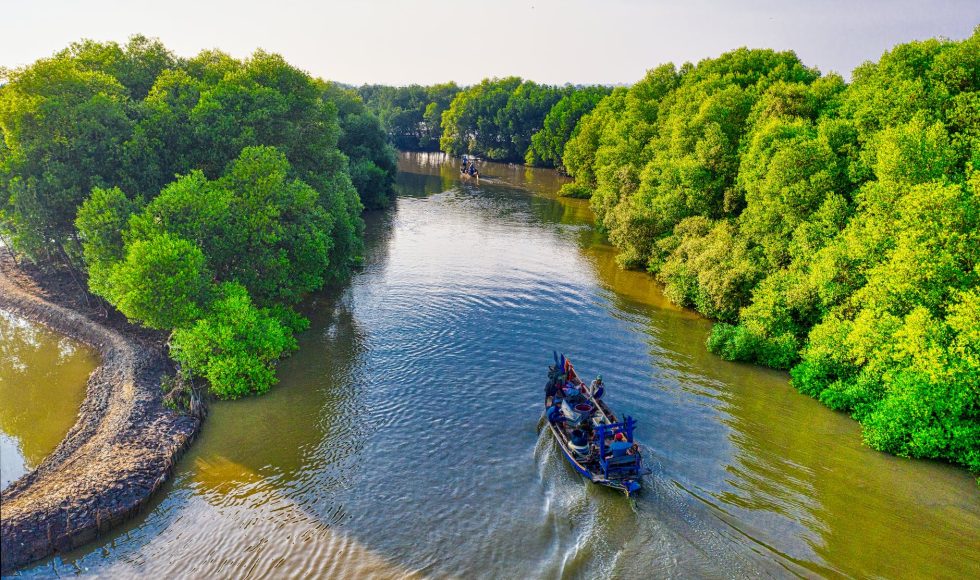Felipe Baez Aguirre from the University of the Andes in Colombia presented a session entitled “On-site nanopore sequencing reveals microbial diversity of a Colombian Pacific Coast mangrove soils” at the Nanopore Community Meeting in Houston. Baez Aguirre spoke about the location of the studies. They had limited access to electricity in the Bahia Malaga. The zone is rich in mangroves and pitanga, a mollusk with an intriguing microbiome. Supplies were transported in styrofoam boxes, and the devices were powered by solar panels. DNA extraction and 16S amplification were performed on-site. The community engaged with researchers to use the MinION Mk1C. The sequencing yield was over 10 Gbases of data. The rarefaction curves suggest that most of the microbial diversity was captured by the sequencing process. The study thus achieved enough depth for a comprehensive analysis. EPI2ME wf-16S was used along with an independent workflow. Baez Aguirre concluded that the project in Bahia Malaga demonstrates “the viability of on-site sequencing in challenging field conditions.” This session is a short and captivating example of how fieldwork can be performed in typically inaccessible regions along with community engagement. I will consider this video for the course I am working on!



